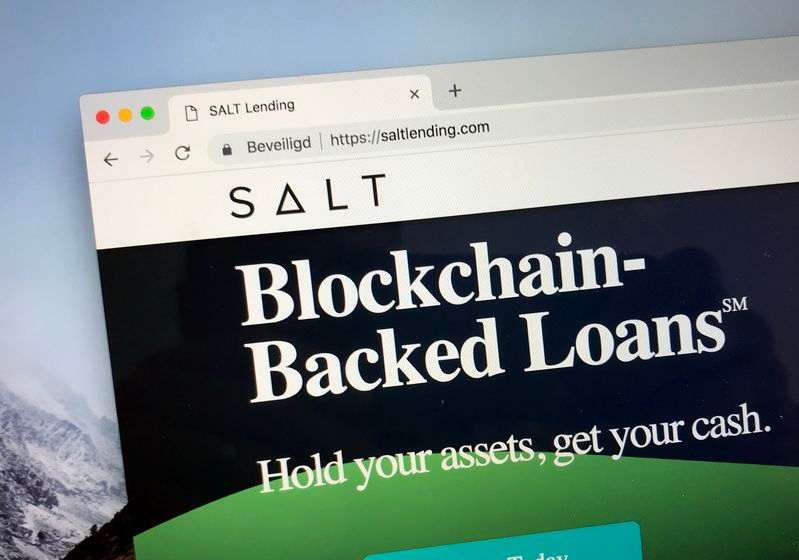November saw the Celsius Network report that it had issued over $4.25 billion in cryptocurrency-backed loans. The last quarter alone saw more than $2 billion cryptocurrency-backed loans issued. It seems that despite the extreme volatility of the cryptocurrency world, more and more people are turning cryptocurrency platforms for their personal lending needs.
Problematic But Profitable Personal Loans
The personal lending industry is a complex but lucrative field. In the US, the average APR for personal loans taken in Q1 2019 was 33.38%. But rates varied dramatically for different borrower profiles. Those with adverse credit or poor credit history end up paying a lot more. Personal loan debt is the fastest-growing consumer debt in the US. increasing by 12% in 2019.
In the UK, it is a similar story. Personal borrowing through loans in October 2019 was 7.4% higher than the same time last year. This is despite the UK being one of the most regulated markets in the personal lending sphere. Even with the regulation, some practices employed by UK personal lenders have been more than a little dubious.
The case of Amigo Loans, owned by Amigo Holdings PLC (LON: AMGO), floated for an astonishing 1.3 billion is an interesting one. However, the FCA has been investigating the growing number of Amigo Loan complaints. The subsequent review of its practices has seen the Amigo Holdings PLC (LON: AMGO) share price more than halve over the last few months, raising questions over the future of the UK’s largest personal loan lender.
Bad Lending Practices Make Room For Crypto
The activities of Amigo Loans and others are part of the reason why crypto lending is booming. Whilst personal lending once involved extensive credit checks and even physical bank visits, blockchain crypto lending takes out the middle man in lending. In doing so it provides a more flexible, unregulated and even cheaper platform for the user.
Crypto lending, in general, can be split into two main areas: depository and undetectable.
Depositary lending is more centralized, involving securing a loan through a trusted third party, who is given a major level of authority via full control over user assets, setting interest rates, and acting as a counterparty in each transaction.
Depositary lending is the much more common method of crypto lending. It used by several large credit companies, such as Genesis Capital, Celcius Network and Salt Lending.
The decentralized nature of crypto lending is key to its growth and success. At the moment lenders are failing to reap the rewards of crypto lending. However, that is steadily changing. More and more people are turning their backs on ‘traditional’ personal lenders like Amigo Loans and turning to crypto lenders.
Crypto lending takes out predatory lending practices and although still a fledgling industry (it only really developed in 2018), there is still an untamed wild west element to crypto lending, which eventually will draw the attention of regulators.










